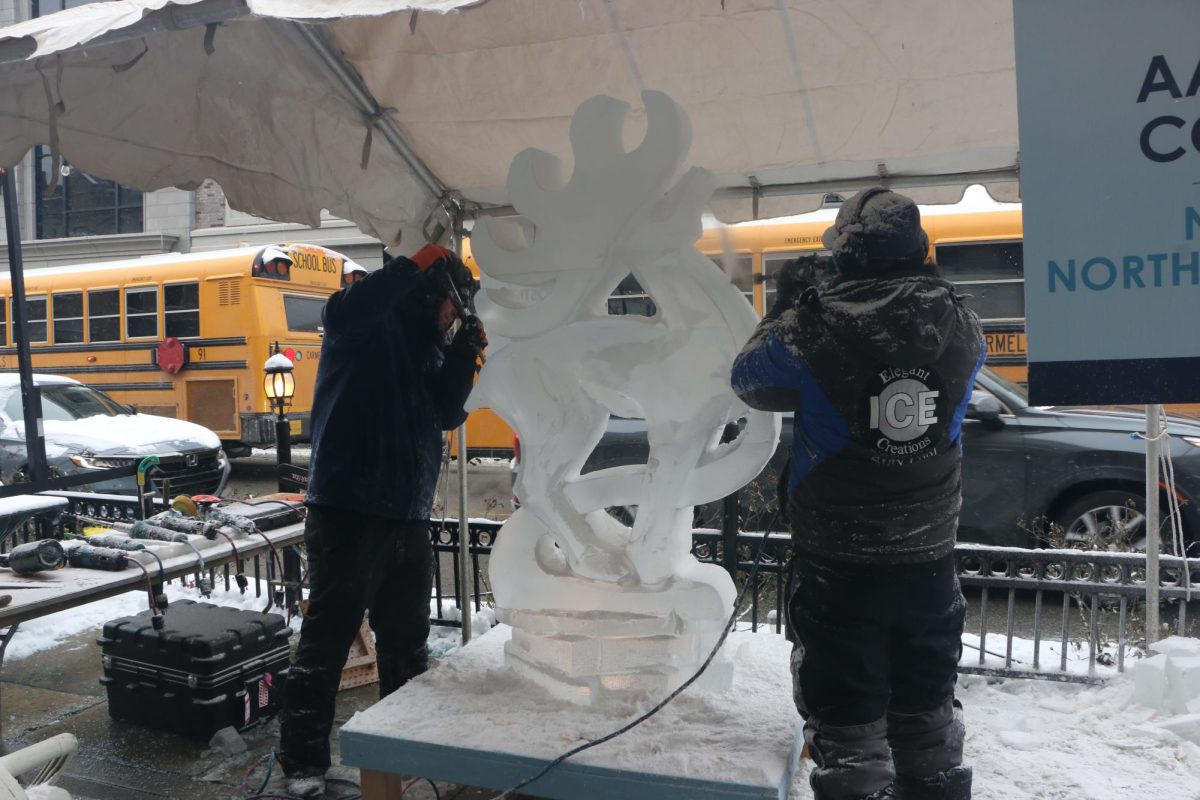In her experience as an artist in Carmel, freshman Vikashni Muthuraman said she believes fine art plays a strong role in the community. One event that exemplifies the role of art in Carmel is the Festival of Ice, which celebrates the art of carving sculptures out of ice.
The 2024 Festival of Ice will be held from Jan. 19 to 21, featuring multiple ice sculpture carving events and the work of professional ice carvers. On Jan. 19, the art of ice carving will be demonstrated on Main Street from 4 to 8 p.m. Then on Jan. 20, an ice carving competition will be hosted at Carter Green from 10 a.m. to 5 p.m. In addition, a chili cook-off put on by the Carmel Fire Department will take place in the same location. The final day of the event will spotlight a speed carving contest from 10 a.m. to 2 p.m., also at Carter Green.
According to Jen Riley-Davis, sculpture and jewelry teacher, special events such as the Festival of Ice are effective in promoting art due to their distinct nature.
“People are always looking for something fun to go out and do. Something like the (Festival of Ice) is so unique,” Riley-Davis said. “I’ve been to an ice sculpture festival before, and honestly, even though I’m an art teacher, I never really thought much before about having art made out of ice. It’s amazing. It’s just fascinating to look out whether you have an appreciation for art or not; everyone’s just blown away. Stuff like the Festival of Ice is great for creating awareness around art and the different forms it can take.”
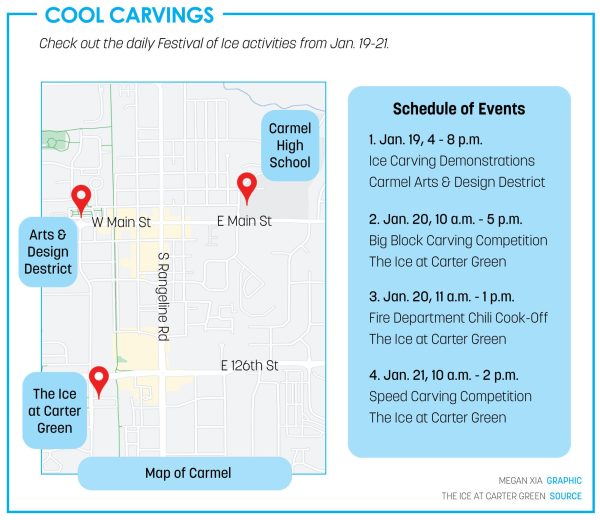
Similarly, Muthuraman said that art displays, such as the Festival of Ice, are a practical way that art can be communicated to the community in Carmel.
“I think the best way to get art out to the public view is to get involved in public art clubs or events. Art shows are a good way to expose art to the public. And at the Carmel Clay Public Library (CCPL), there are always events supporting the vast art community,” Muthuraman said.
While the Festival of Ice is an example of Carmel facilitating the promotion of a unique form of art from trained professionals, there are also other local opportunities for young artists, including students from this school, to show off their work.
“As (part of the) arts department, we’re always looking for opportunities to get our kids involved or have their art shown,” Riley-Davis said. “Whether it be at the library or the children’s gallery down the street, we’ll do exhibits there. We also have a couple (of) galleries in the Arts District that we work with throughout the year to do special exhibits. At the Carmel International Arts Festival, we always have a young artists’ booth there.”
Muthuraman also said that social media has also provided an outlet for recognizing one’s art. She said many people post their artwork on social media to expose their art to a larger audience and said she has seen her students use social media to view art pieces as well.
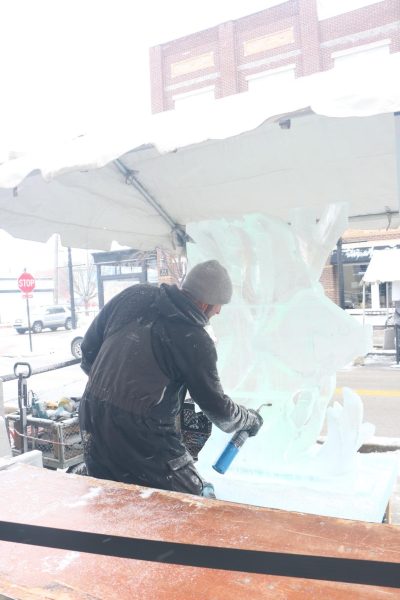
“I think social media is great for helping people get their art out there, especially for young kids who are very comfortable with different apps,” Riley-Davis said. “I hear my students all the time talking about the artists and art forms they follow on social media. It’s a great format for them to get things out there and get exposure to forms of art they wouldn’t see otherwise.”
Junior Swayam Patankar, who has taken Ceramics 1 and 2, said he agrees with Riley-Davis, however, he argues social media shouldn’t be a replacement for physical exhibits. He said museums and other dedicated locations will continue to be good ways to present art to the public.
“Museums are still important because (art) can be seen in person and elements such as social media can be more easily appreciated, where they otherwise can’t on social media,” Patankar said via email.
Even though some artists sell their art, Muthuraman said she thinks that for many artists, money is not the ultimate goal of showing it to the public.
“Advertising is both a crucial part and not a crucial part of appreciating art,” Muthuraman said. “Art getting recognized by others is a good way to show your potential for your future but can also lead to art being valued for its market value when it should be appreciated for its artistic merit.”




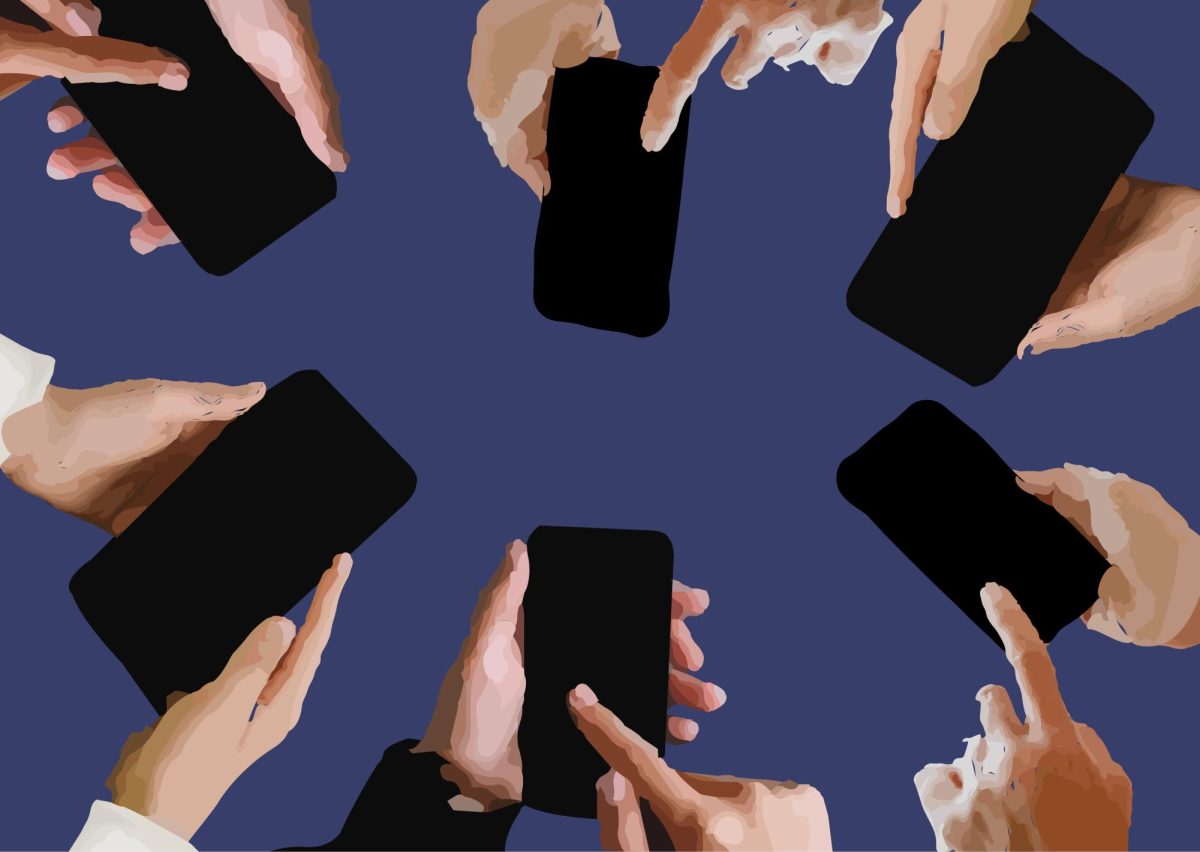





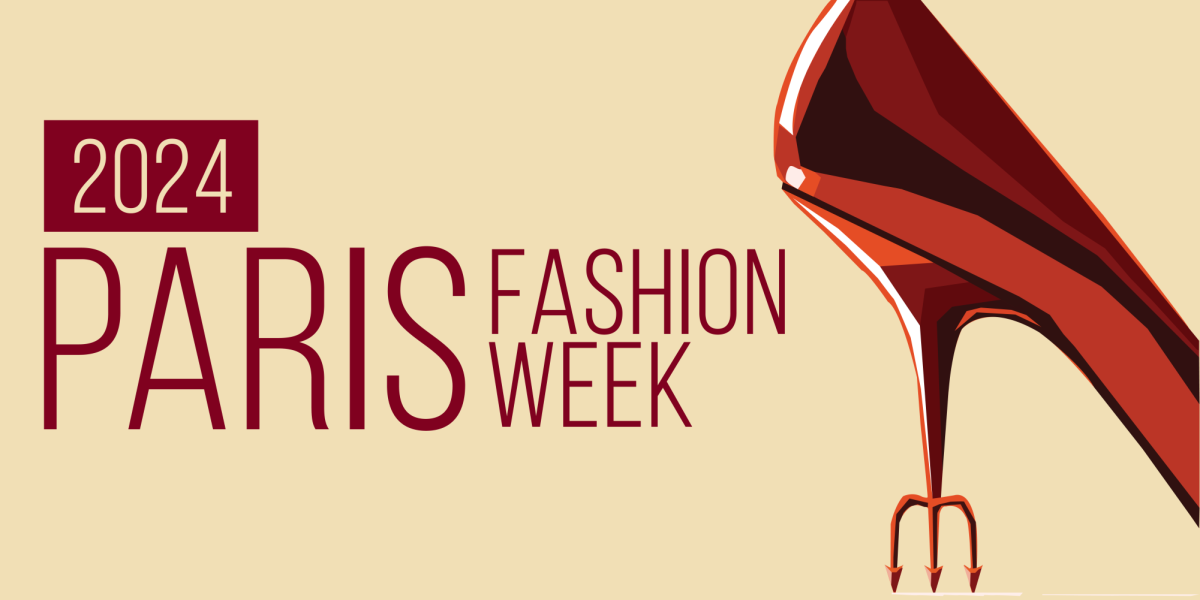







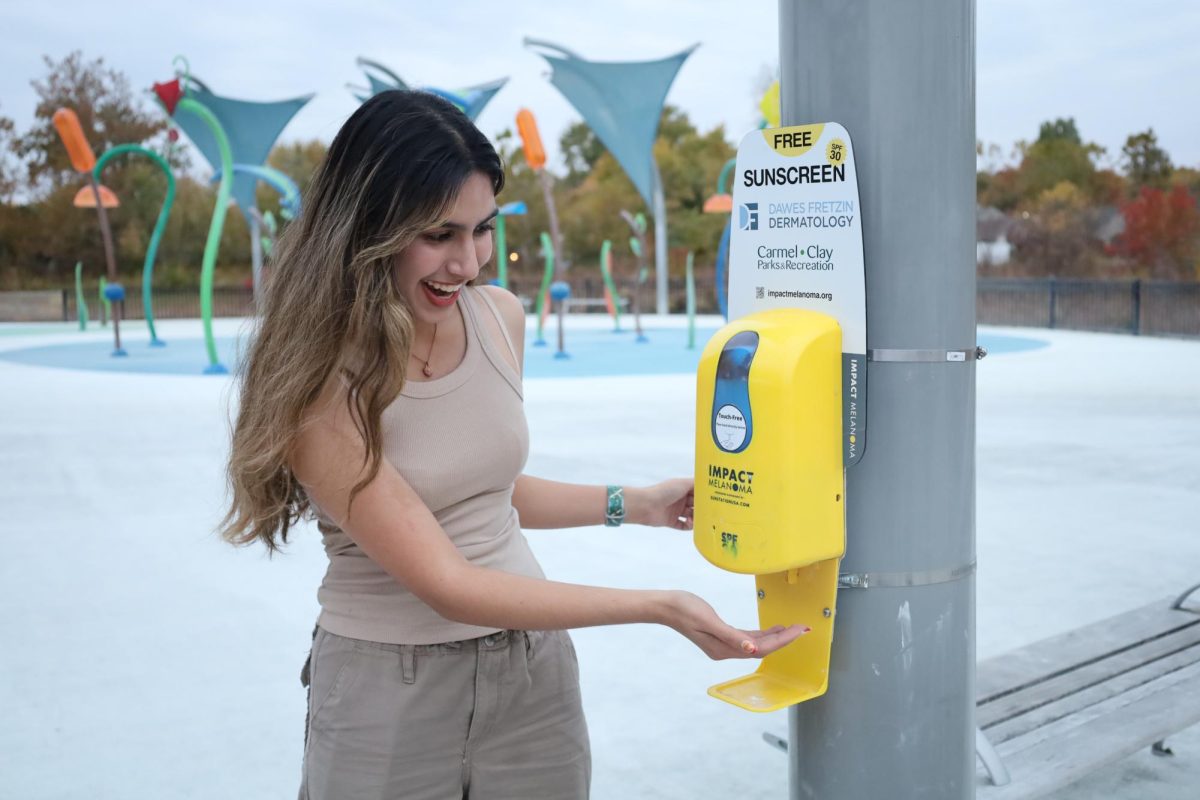
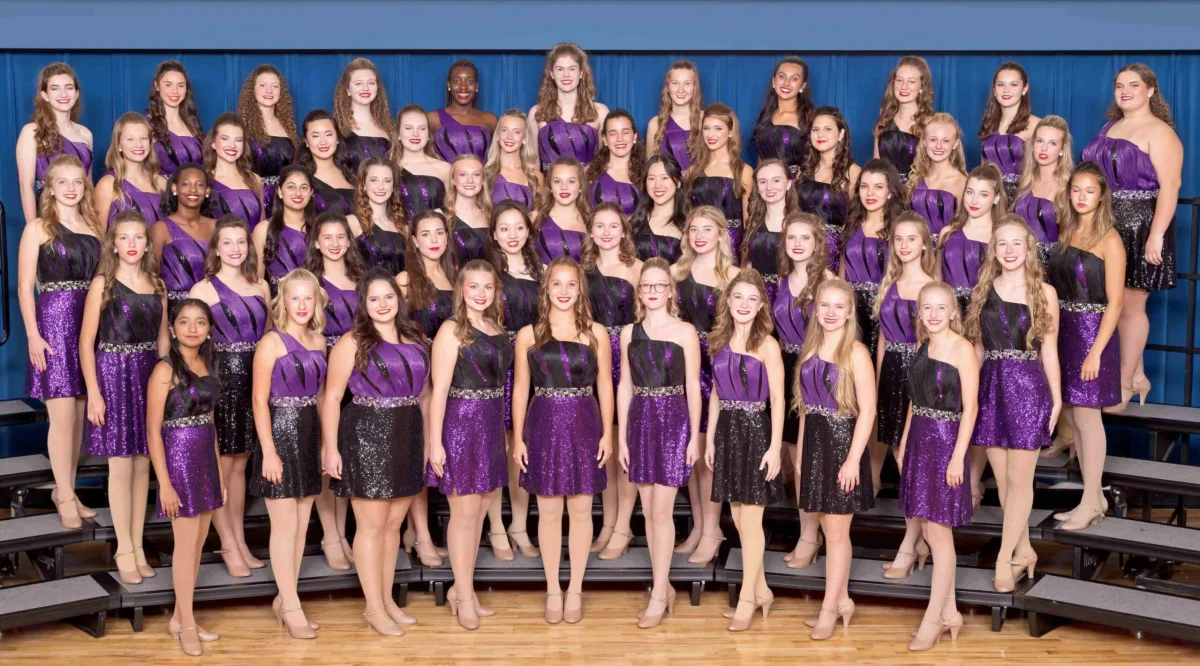

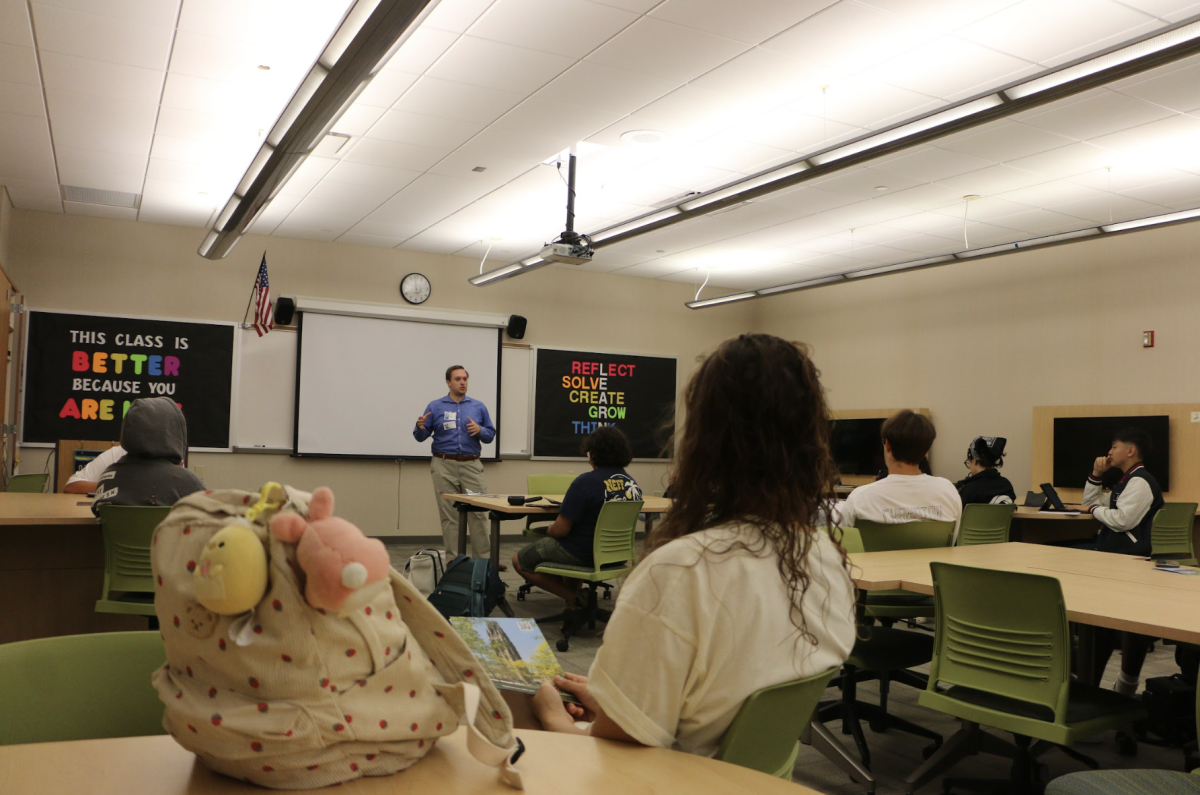
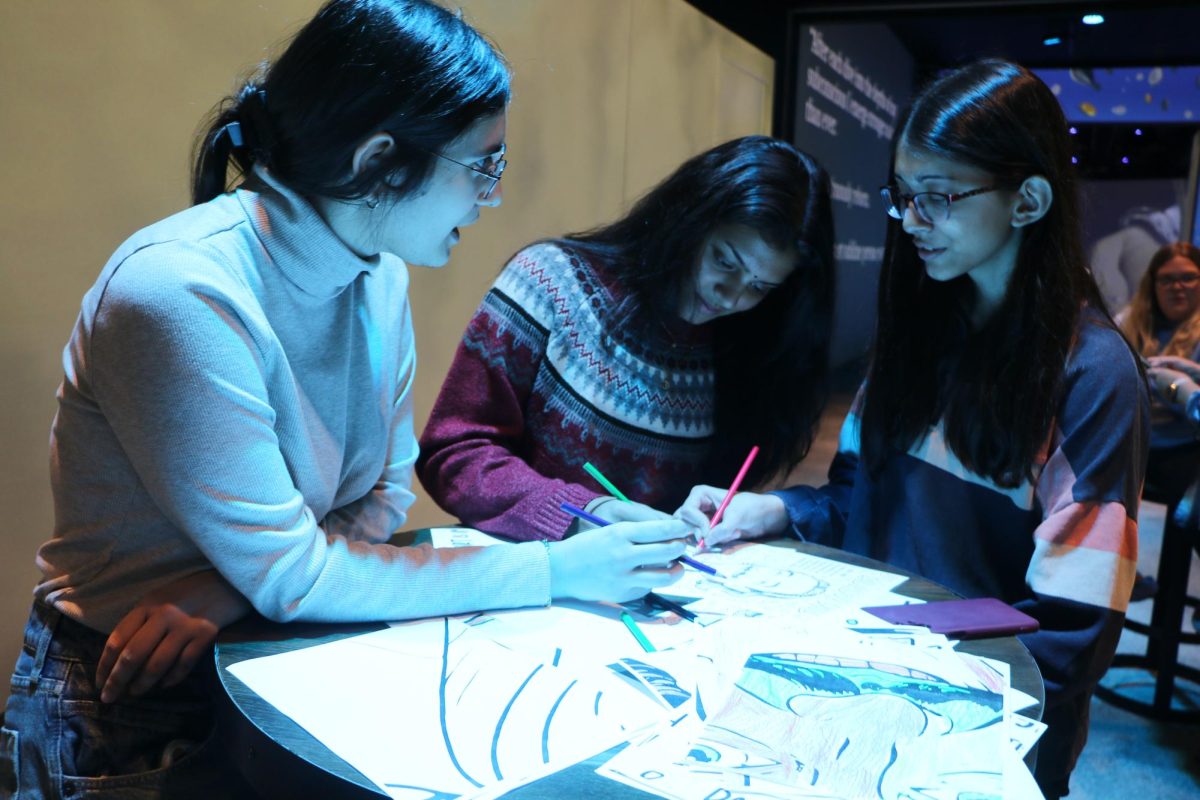
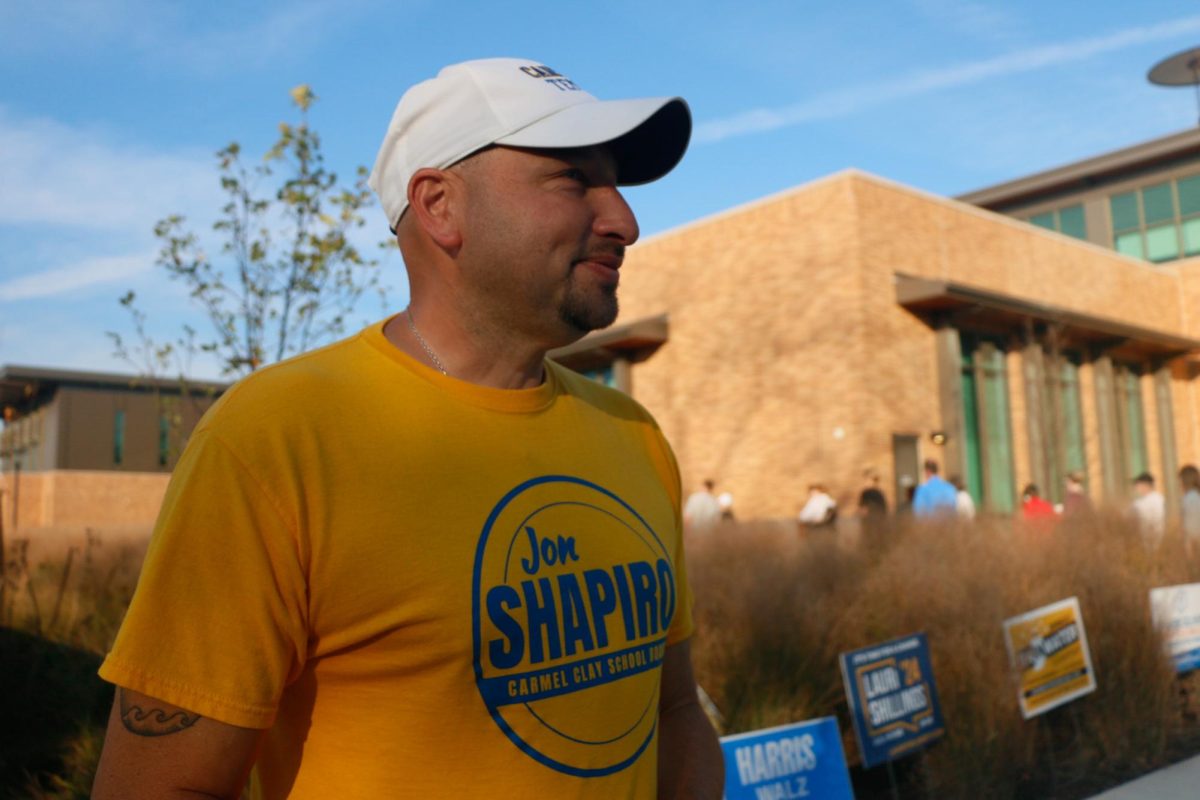
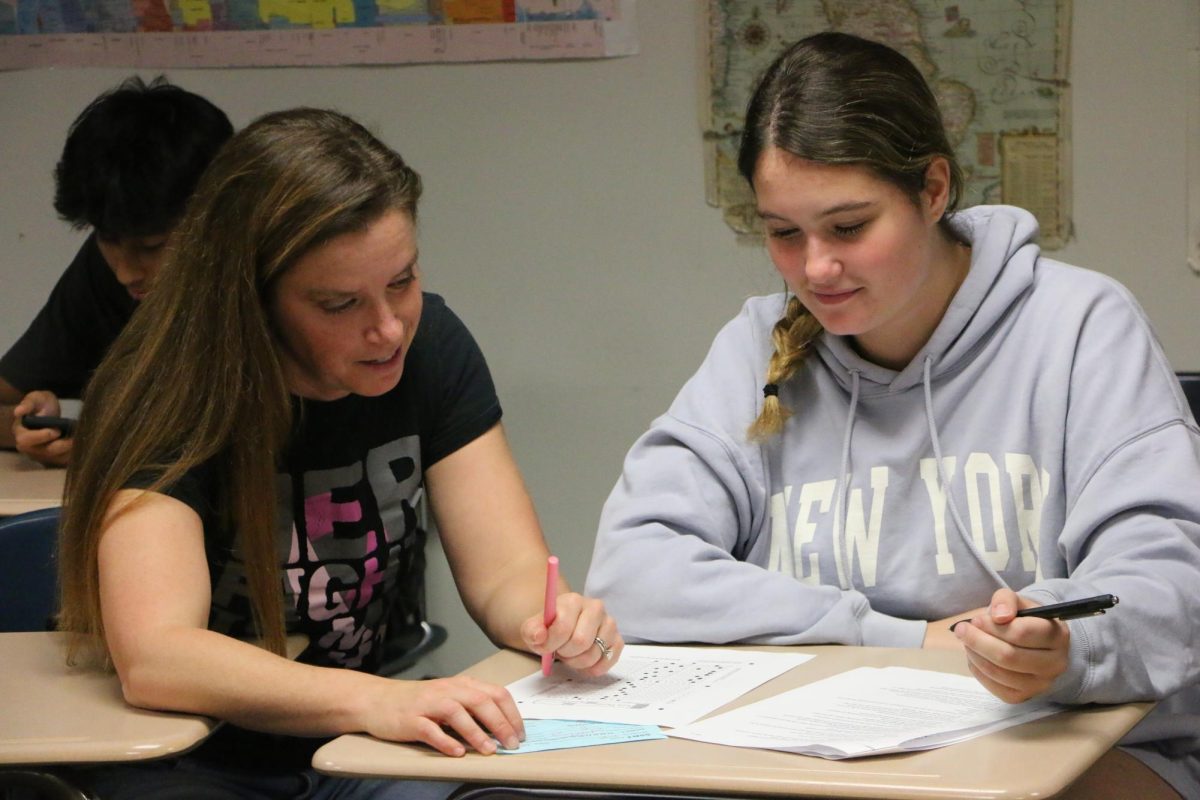




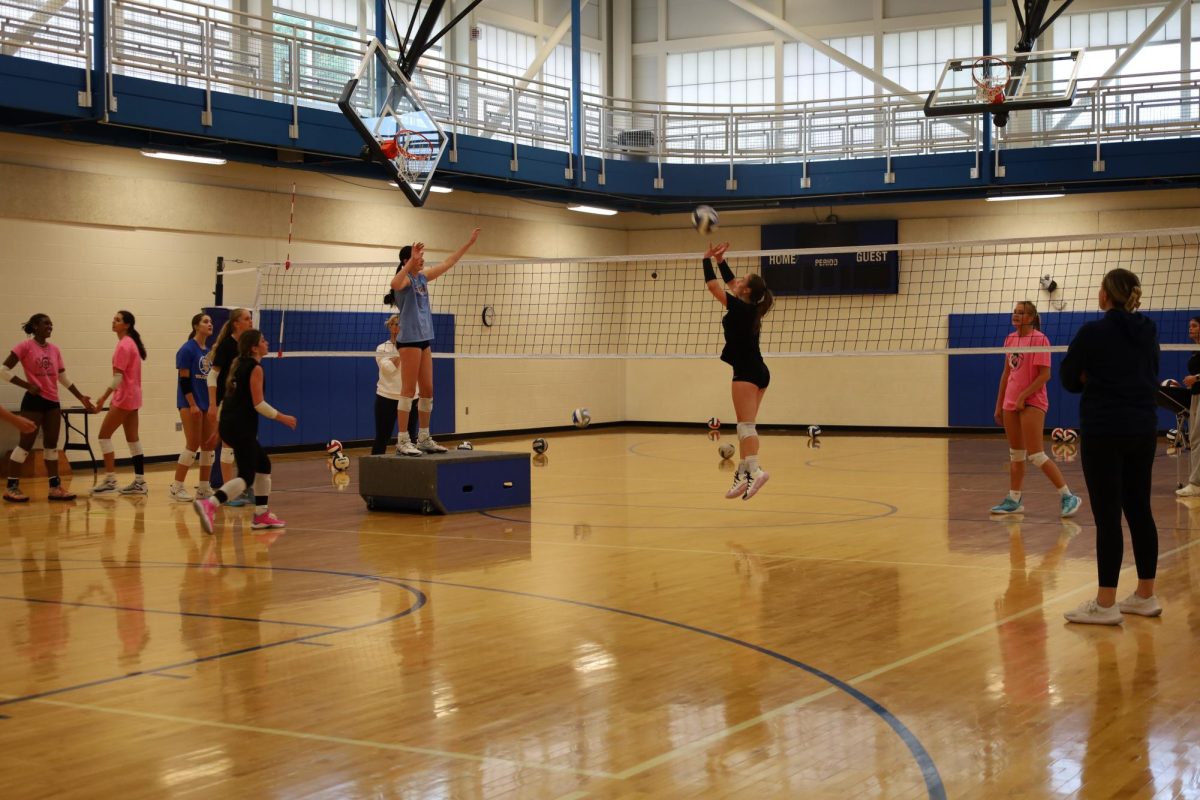



![Chilling or Childish? The downfall of modern horror movies [opinion]](https://hilite.org/wp-content/uploads/2024/10/adjusted-horror-cover-1200x471.jpg)
![“Uglies” is a call for change in the YA dystopian genre [opinion]](https://hilite.org/wp-content/uploads/2024/10/Perspectives-Cover-1200x471.jpg)
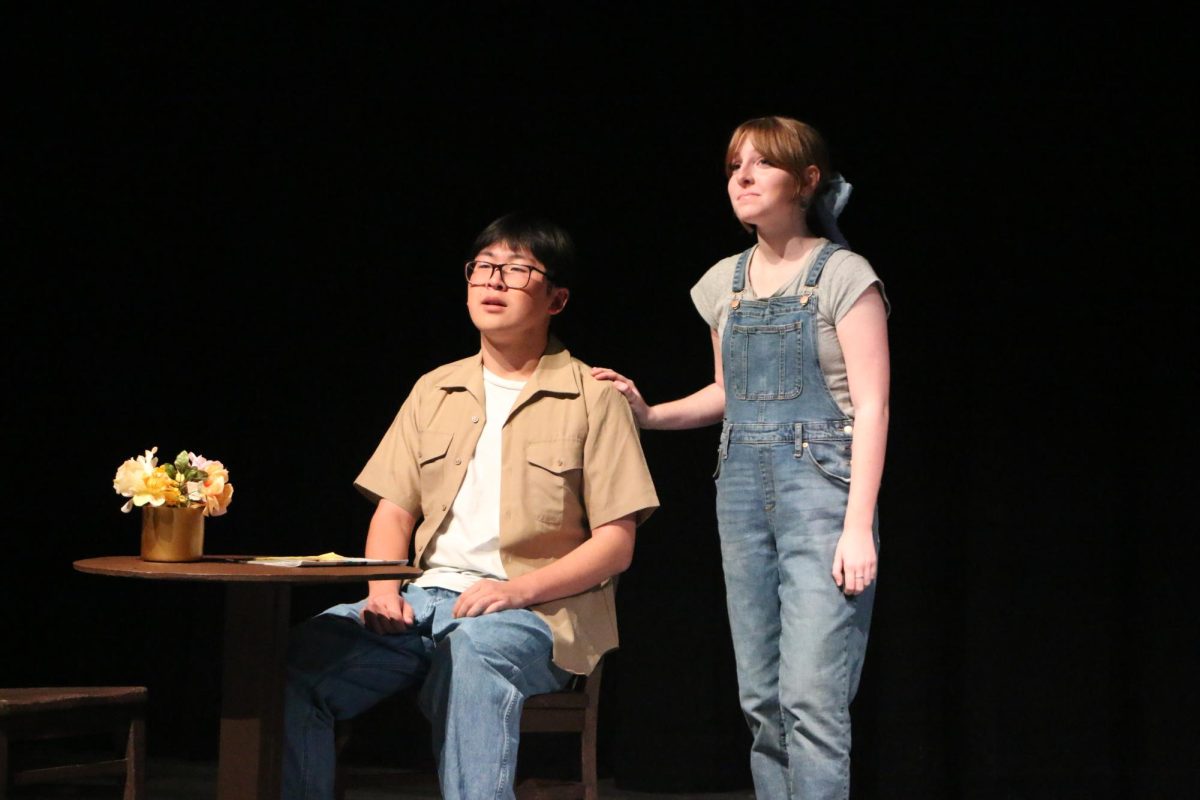


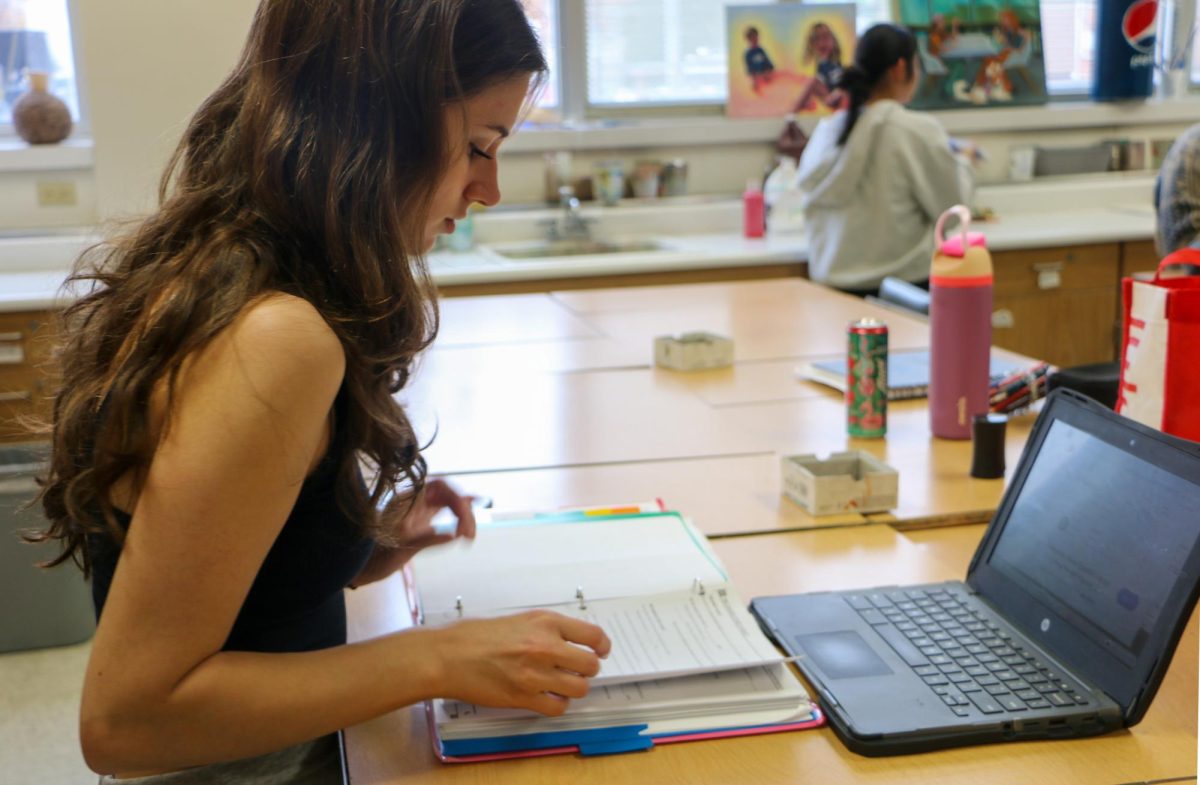

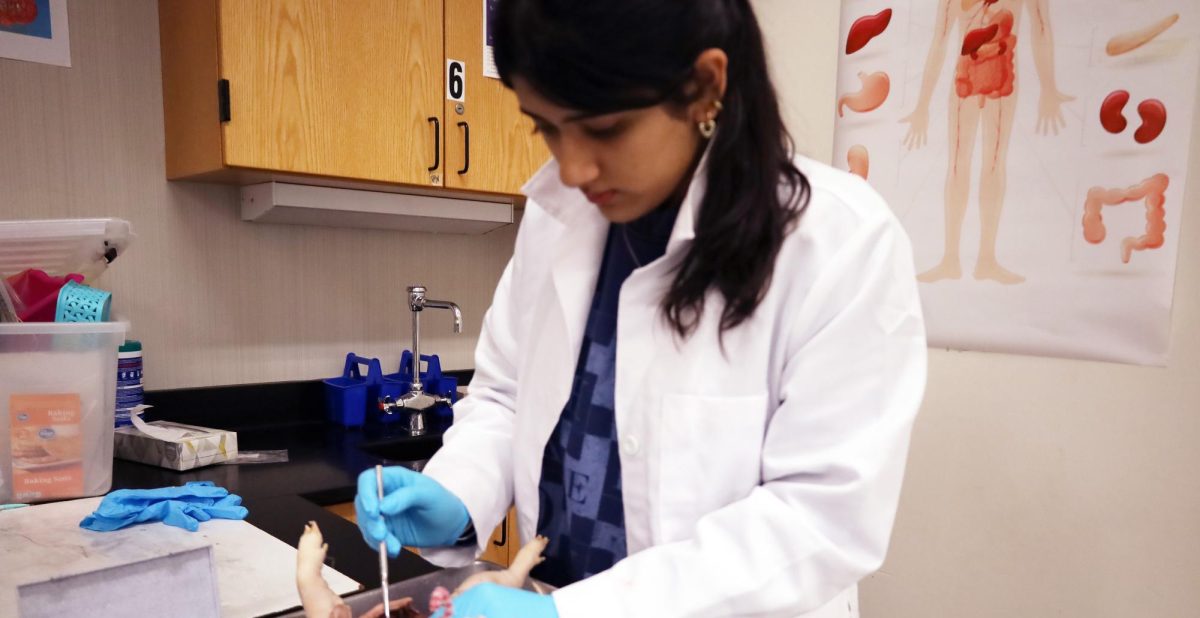








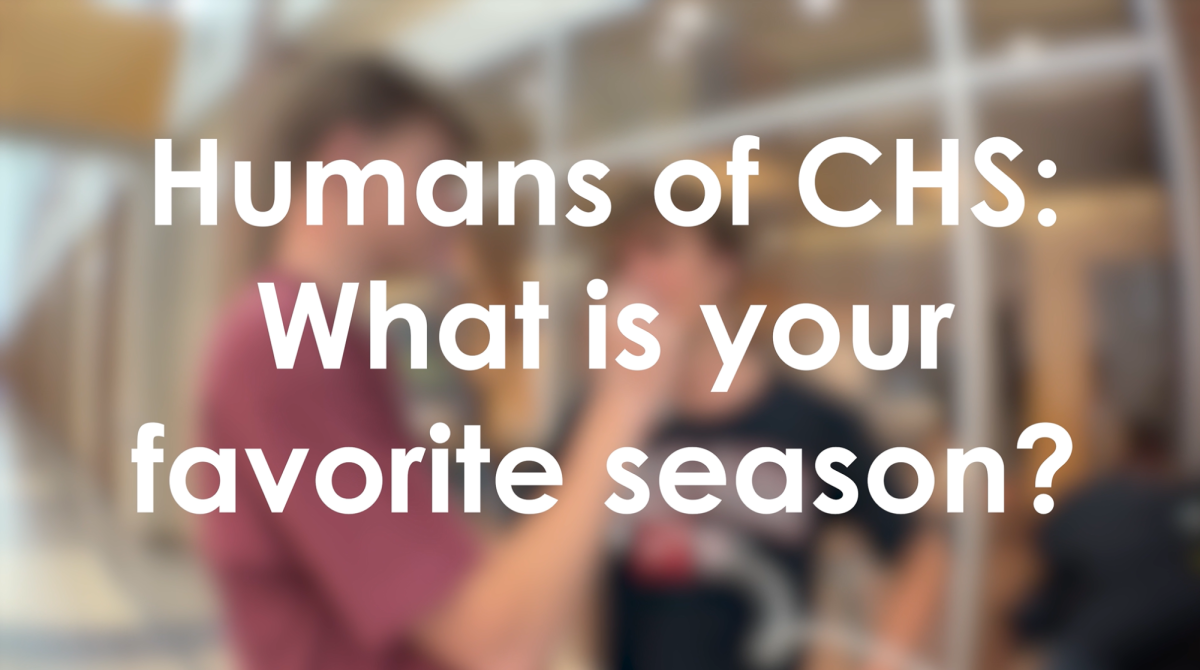





















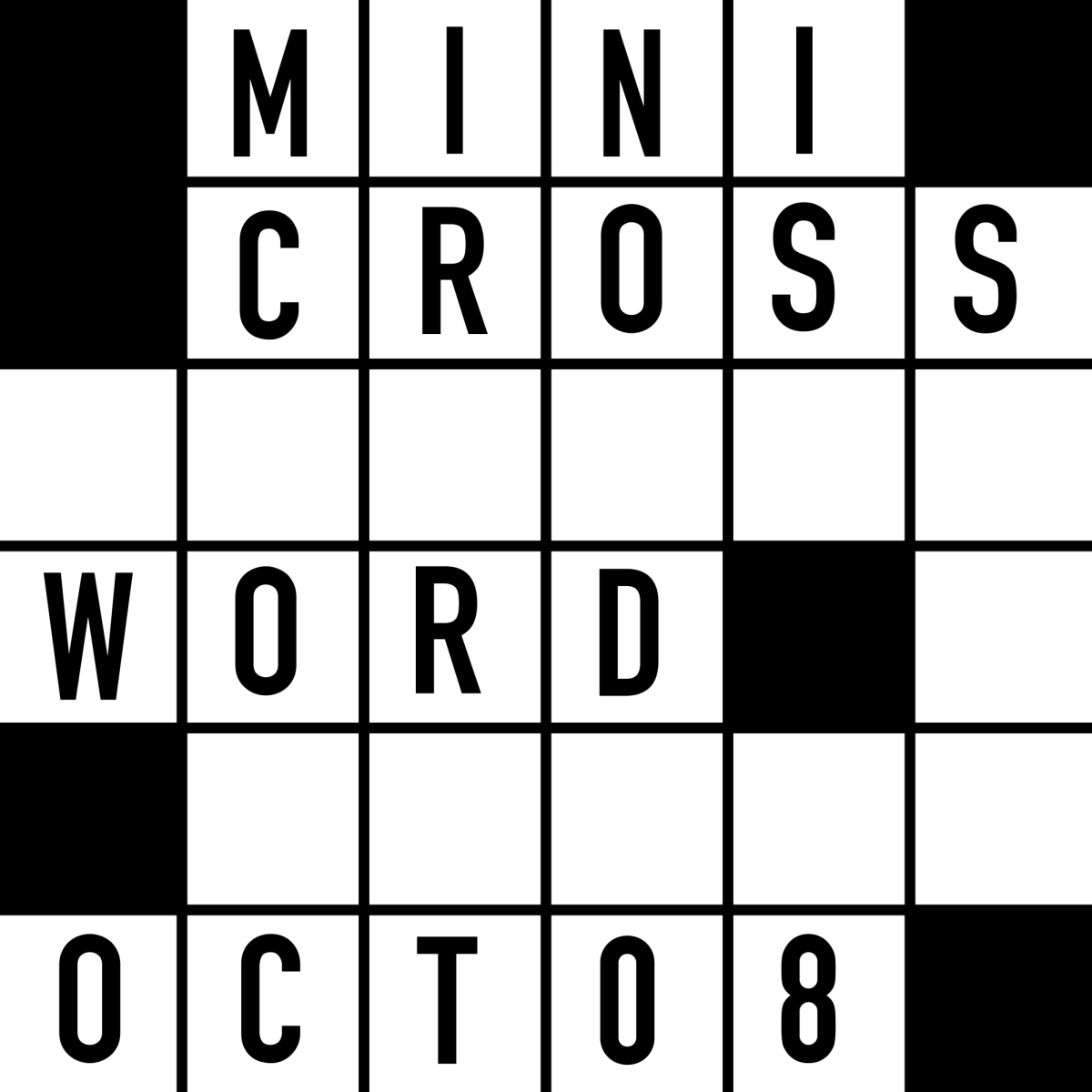


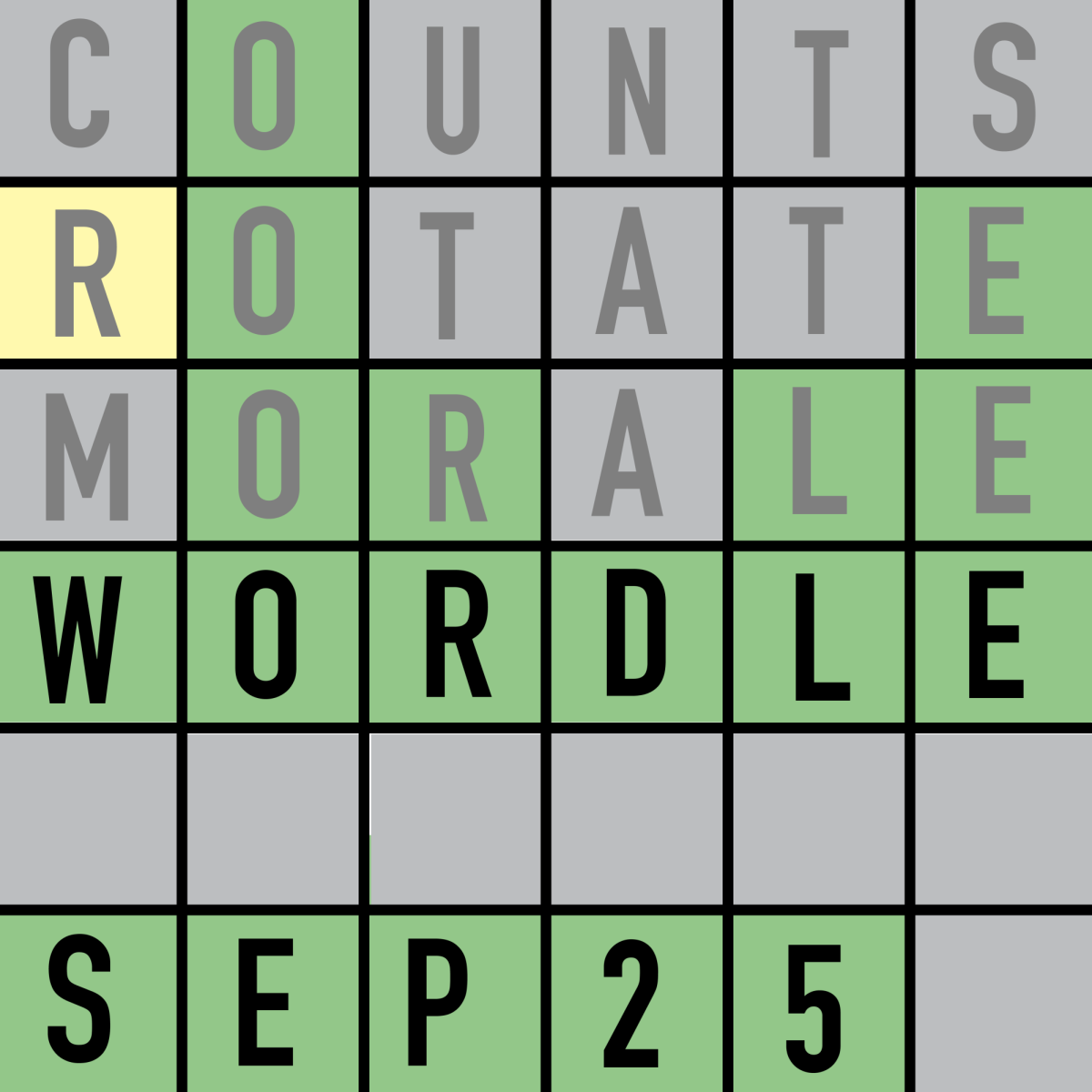





![Review: Indy Scream Park is a perfect level of spook to kickstart the Halloween season [MUSE]](https://hilite.org/wp-content/uploads/2024/11/IMG_1383.jpg)
![Review: “Saturday Night” is a chaotic and thrilling look at the origins of “Saturday Night Live” [MUSE]](https://hilite.org/wp-content/uploads/2024/10/snl-1200x800.jpg)
![Review: “Megalopolis” is a bold, bewildering mess [MUSE]](https://hilite.org/wp-content/uploads/2024/10/MV5BYTk3MjUzMGItYmU1NC00M2YyLThmNDMtNDI4NjkxNjgzMjQzXkEyXkFqcGdeQXRyYW5zY29kZS13b3JrZmxvdw@@._V1_-1200x675.jpg)
![Review in Print: Maripaz Villar brings a delightfully unique style to the world of WEBTOON [MUSE]](https://hilite.org/wp-content/uploads/2023/12/maripazcover-1200x960.jpg)
![Review: “The Sword of Kaigen” is a masterpiece [MUSE]](https://hilite.org/wp-content/uploads/2023/11/Screenshot-2023-11-26-201051.png)
![Review: Gateron Oil Kings, great linear switches, okay price [MUSE]](https://hilite.org/wp-content/uploads/2023/11/Screenshot-2023-11-26-200553.png)
![Review: “A Haunting in Venice” is a significant improvement from other Agatha Christie adaptations [MUSE]](https://hilite.org/wp-content/uploads/2023/11/e7ee2938a6d422669771bce6d8088521.jpg)
![Review: A Thanksgiving story from elementary school, still just as interesting [MUSE]](https://hilite.org/wp-content/uploads/2023/11/Screenshot-2023-11-26-195514-987x1200.png)
![Review: "When I Fly Towards You", cute, uplifting youth drama [MUSE]](https://hilite.org/wp-content/uploads/2023/09/When-I-Fly-Towards-You-Chinese-drama.png)
![Postcards from Muse: Hawaii Travel Diary [MUSE]](https://hilite.org/wp-content/uploads/2023/09/My-project-1-1200x1200.jpg)
![Review: "Ladybug & Cat Noir: The Movie," departure from original show [MUSE]](https://hilite.org/wp-content/uploads/2023/09/Ladybug__Cat_Noir_-_The_Movie_poster.jpg)
![Review in Print: "Hidden Love" is the cute, uplifting drama everyone needs [MUSE]](https://hilite.org/wp-content/uploads/2023/09/hiddenlovecover-e1693597208225-1030x1200.png)
![Review in Print: "Heartstopper" is the heartwarming queer romance we all need [MUSE]](https://hilite.org/wp-content/uploads/2023/08/museheartstoppercover-1200x654.png)





